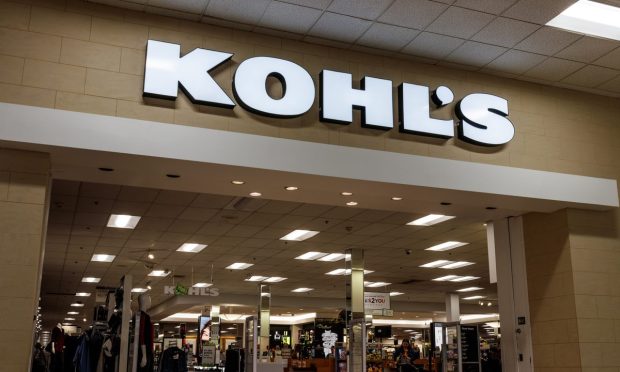The Dept Store War Over Kohl’s Overlooks Same Old Problem: Too Many Locations

With the parent company of JCPenney now reported to be among a growing list of suitors looking to take control of Kohl’s, the department store wars are not only intensifying but becoming impossible to ignore.
Whether Kohl’s will ultimately get bought out by some entity or succeed at convincing shareholders to leave the existing management team and restructuring plan in place is anybody’s guess at this point, but the $8 billion purported price tag just keeps creeping up.
That said, there are, however, several known facts concerning Kohl’s, as well as long-standing realities within the department store sector, that have not changed since Macellum Advisors’ initial board shakeup approach 15 months ago, followed by the eCommerce spin-off proposal put forth by Engine Capital in December, and most recently a growing basket of bidders looking to acquire the company outright.
“I want to address some of the uninformed and inaccurate commentary regarding the Board’s openness to maximizing value,” Kohl’s CEO Michelle Gass told analysts on the company’s Q4 earnings call last month, noting that the retailer’s existing strategic and financial plan would deliver substantial value.
At the same time, and in case Kohl’s omnichannel turnaround play falls short, Gass said “the Board is testing and measuring that plan against other alternatives,” before pointing to the retailer’s hiring of Goldman Sachs to “engage with interested parties” — a matchmaking process that appears to be going well.
“That effort continues and has included engaging with unsolicited bidders as well as proactive outreach and engagement with those parties is ongoing,” Gass said.
The Listing
If Kohl’s was being listed and sold the way houses are, the process would probably be a lot easier. However, with 100,000 employees to consider who staff and stock its network of 1,100 stores, six eFulfillment centers and nine distribution centers, the process is far more complicated.
In theory, any publicly traded company is “for sale” every day, as investors are free to buy up as much stock as they want — or would be needed — in order to gain control and influence over the underlying company’s board and operations.
Using Engine Capital’s 1% stake in Kohl’s as an example, outspoken minority investors with a plan can — and do — have an outsized effect on a stock.
But just being able to buy something does not necessarily mean that it’s a good idea or that it will actually produce long term value and improved results.
For sake of discussion, combining Kohl’s 1,100 stores with JCPenney’s 650 would create a massive, unrivaled physical footprint of more than 1,750 stores — that would be 4x larger than the 430 core Macy’s and Bloomingdale’s department store locations.
But more stores does not necessarily mean more profits as is the current case with Macy’s which already did roughly 25% more sales last year than Kohl’s and delivered 50% higher profits. In addition, the New York-based retailer is still actively shrinking its store base and retooling its brick-and-mortar portfolio to become more omnichannel efficient while also getting closer to its customers.
Same for other retail brands too, such as Target, which has a bias for smaller-format ‘Mini-Target” stores and already fulfilled 96% of its orders through its stores last quarter, with 18% of sales being done online.
Don’t Forget the Regionals
Amid all this store count calculus there’s another factor to consider in a landscape that is already filled with shuttered stores and half-empty anchor tenant slots in countless malls around the country — regional players.
Dillard’s for example, with 250 stores in 29 states, posted 37% revenue growth in Q4 en route to its fourth consecutive record quarter. As much as Dillard’s results are a bit smaller than some if its larger rivals, investors are clearly taking note, and have bid it up shares 185% over the past year, compared to a 45% jump by Macy’s and essentially no change in the price of Kohl’s from where it was in April 2021.
